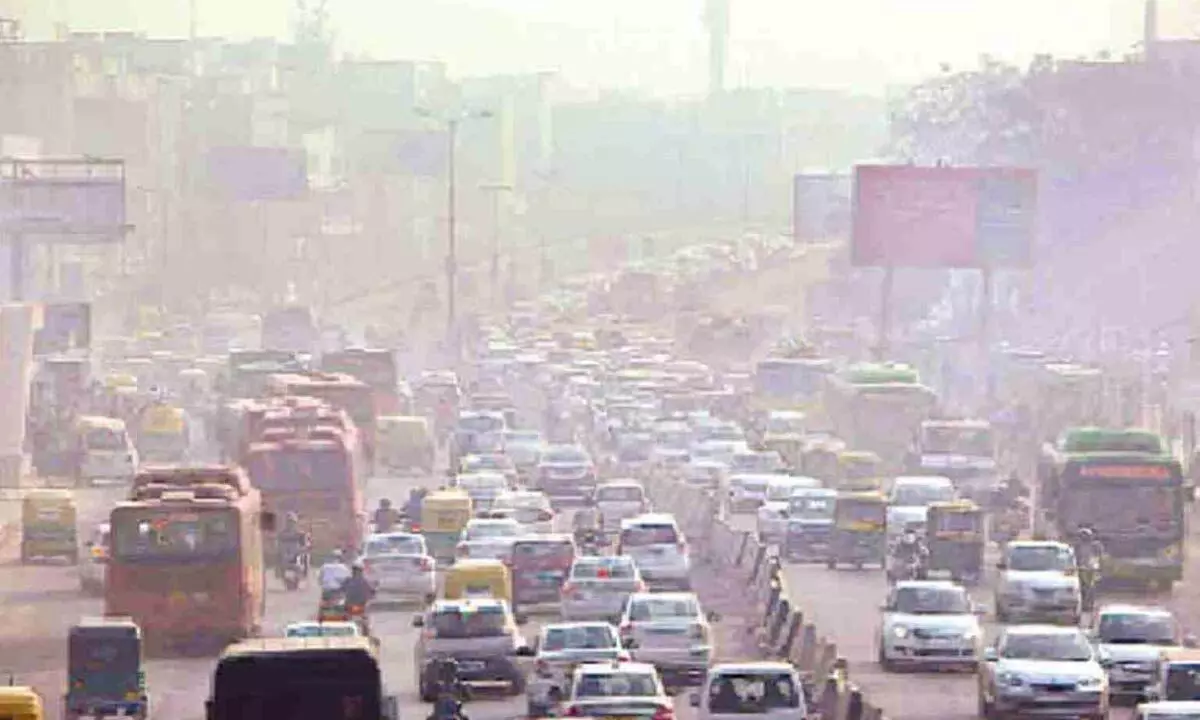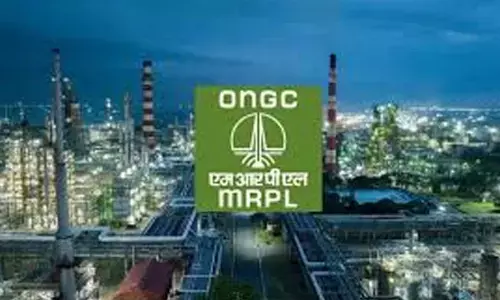Monitoring technologies, hybrid work conditions help

Monitoring technologies, hybrid work conditions help
According to the WHO guidelines, annual PM2.5 levels should be lower than 5 micrograms per cubic meter, yet this exceeds in Bengaluru. A new WHO air quality model confirms that 92 per cent of the world’s population lives in places where air quality levels exceed standard limits, throwing a significant proportion of the population at risk
Bengaluru: With untimely rains and misty mornings over, Bengalureans have been witnessing a change in the weather pattern during the past couple of days. In a wider sense, pollution, and release of acids and toxins in water bodies have affected the climate at a macro level. An increase in concrete structures, the release of nano-particulate matter, and air pollution have caused changes in cities at a micro level. However, with the support of new monitoring technologies and hybrid work conditions, it is clearly possible to combat air pollution in cities.
"Continuous Ambient Air Quality Monitoring technologies that are currently being installed are extremely helpful in setting up the baseline of monitoring. This is a positive step. However, we need to have more of these to increase the density of hyperlocal air quality and not a generalist view of the city," says Dr. Srikanth Sola, Director, CEO, Co-founder, Devic Earth.
The air surrounding us is not only causing climate change but also several health issues within our system. "As a cardiologist, I saw young people coming to the hospital with cardiac issues and heart attacks, which were very often caused by breathing polluted air. It would be for no fault of theirs; it could be a driver or a cobbler working by the roadside every day, breathing in air that was badly polluted. A report by Global Burden of Diseases suggests that almost 2.2 years of life expectancy is reduced due to air pollution," he said.
"The University of Chicago study (June 2022) states that the life expectancy of Indians is reduced by 5 years as a result of air pollution. This study is released by the Energy Policy Institute at the University of Chicago using data from AQLI. It also states that the National Clean Air Program has the potential to increase life expectancy by 1.6 years if implemented correctly and in a timely manner," he added.
According to the WHO guidelines, annual PM2.5 levels should be lower than 5 micrograms per cubic meter, yet this exceeds in Bengaluru. "A new WHO air quality model confirms that 92 per cent of the world's population lives in places where air quality levels exceed standard limits, throwing a significant proportion of the population at risk," he explained.
"Particulate matter not only pollutes the air but also cools the planet by scattering shortwave solar radiation. Unlike Carbon dioxide, certain aerosol particles actually cool the atmosphere (eg; reflective sulfate and nitrate) rather than warming it. Since there will be less particulate matter (PM) in clean air, the warming effect will be more significant in cleaner air. Moreover, aerosols can change cloud properties in addition to reflecting light back to space. Particles reduce the size and number of cloud droplets by acting as cloud condensation nuclei (CCN) on which water vapor condenses, making clouds more reflective. To save humanity as well as the planet, we must take additional CO2 reduction measures along with PM mitigation," he added.
Furthermore, a report by Greenpeace India Society suggests that air quality levels in Bengaluru can improve with flexible and hybrid work conditions. In five areas of Bengaluru that see heavy traffic during peak hours, including MG Road, Silk Board Junction, BTM Layout, Bapuji Nagar, and Tin Factory, Greenpeace India Society examined air pollution index figures for pre-pandemic, lockdown, and post-lockdown periods. More than 500 IT and BMP companies, employing thousands of people, are located in these five heavily congested areas.
As per Google Traffic Trends, these areas saw a 60% decrease in traffic during the lockdown. The pollution level decreased from 95 units in the pre-Covid era to 63 units during the lockdown, according to the AQI parameters. Nevertheless, once the lockdown was lifted pollution had returned to its pre-pandemic level by October 2020. Mobility increased by 35% in that month, primarily as a result of a drop in COVID-19 cases and the celebration of Dasara and Diwali.
Technology that focuses on solutions and sustainability will help in making the world a better place. "Technologies that focus on the problems of tomorrow, today like Pure Skies. Technologies that help sustainability and CSR professionals to make an impact at the consumer level and thus the boardroom level," concludes Dr. Srikanth.
















